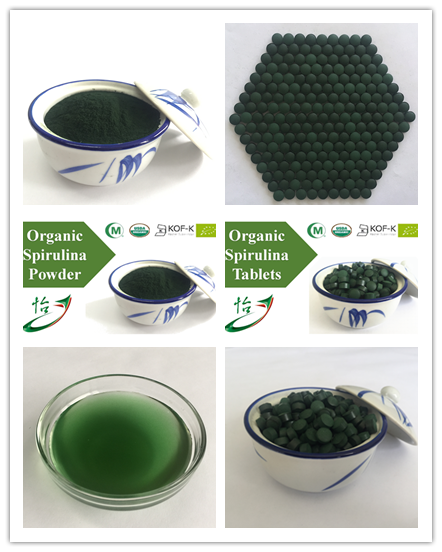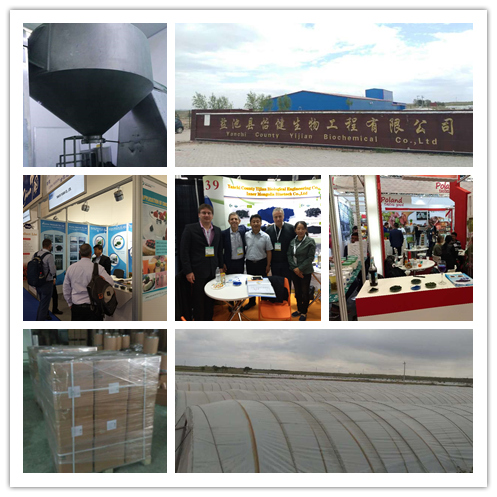(1) Selection of land: For cultivation of radish, it is necessary to select fields for cultivation that consume less organic matter and have no more than one species of diseases and insect pests. In autumn and winter, the radish mouthwash is suitable for melons and solanaceous fruit trees. In addition to the above-mentioned fields, it is better to choose rice fields for cultivation in the outer suburbs and county vegetable fields. (b) Site preparation, construction, and basal fertilization: 1. Site Preparation: All types of radish must be ploughed and turned over quickly. Dry the soil that was used as rice. Deep-deep roasting. The depth of cultivated land is generally 23-27 cm. For late-maturing species such as “Zheda University Long†and “Guangguang Radishâ€, the soil tillage layer should be deeper and be more than 33 cm, which is favorable for the growth of the main root. 2.畦 畦 畦 畦 畦 畦 畦 畦 畦 畦 畦 畦 畦 畦 畦 畦 畦 畦 畦 畦 畦 畦 畦 畦 畦 畦 畦 畦 畦 畦 畦 畦 畦 畦 畦 畦 畦 畦 畦 畦 畦 畦 畦 畦 畦 畦 畦 畦. The width of the lotus is 1.6-1.7 meters, the depth of the trench is 20-27 centimeters, and the width of the trench is 40-50 centimeters. 3. Shi Jifei: The radish's root system is well developed, especially the main root, and it must be rapidly expanded to form edible radish. Therefore, there is a large demand for basal fertilizer. The general peasant's experience is based on basal fertilizer, supplemented by topdressing. There is a saying of "cover manure, cover fertilizer and long leaves, base fertilizer". Therefore, basal fertilizer should account for 70% of the total amount of fertilizer, that is, 75-100 kg of crop per mu, or 3500-4000 kg (30-40 tons) of compost, 25 kg of phosphorus phosphate, 20-25 kg of superphosphate, and chlorination. Potassium 8 kg, human waste. 1000-1500 kilograms, after ploughing into the soil after dry, flattening and boring, so that the soil is loose, the surface is smooth, the soil is fine and even. (3) Seeding: 1. Sowing period: The sowing date should be based on the market needs and the biological characteristics of each species, create suitable cultivation conditions, try to arrange the sowing time in the appropriate growing season, achieve the purpose of high yield, treat heat radish, white vegetables, is the summary of the majority of vegetable farmers The accumulated experience, which means that in mid-August and early September, can be planted. At this time, the climate is cool, and it is suitable for the growth of radish roots, such as sowing too early, hot and dry weather, and long growth. Seeding is too late for a short growing season. The radish sown before and after the summer heat was rapidly rooted and long-leaved in September. At this time, the average temperature was 23-24°C, which was suitable for the growth of roots and leaves. The temperature dropped to 17-18°C in October, and the radish had a good photosynthesis effect. At this time, there is a large temperature difference between day and night, which helps to accumulate and form a large radish. Seeding method and seeding rate: There are two kinds of seeding sowing and hole sowing, sowing seeds with a larger variety of seeds, generally 0.6-1.3 kilograms per acre, "Zheda long" category 0.5-o.6 kg, such as The use of seed sowing can also be reduced. The water management during sowing can be divided into two types: watering first and then sowing. 3. Density: The seeding density should be determined according to the type of seed. Large seeds, "Zheda Long", "Guangguang Radish", etc. should be sparsely planted, plant spacing 25-30 cm, generally small species, plant spacing 17-27 cm, Changsha farmers have Such a saying goes "If you want to turn radish, leaf length does not interfere with it", which also shows that radish growth should maintain a reasonable density. (IV) Field management: After radishes are sown, a series of work such as thinning, watering, topdressing, and pest control shall be carried out in time. 1. The seedlings: The radish seedlings grow rapidly after being unearthed, and they need time seedlings. Otherwise, they are crowded with each other, shade each other, and the light is insufficient to form delicate seedlings. Therefore, the number of seedlings should be too dense and the number of seedlings should be increased to early seedlings, rare seedlings, The principle of late Dingmiao seedlings, time between the seedlings in the 1-2 and 2-3 true leaves, the need for seedlings 2 or 3 times; Fertilizer management; timely watering after sowing, so that the seeds in the germination stage have sufficient water supply and absorption, requiring the soil to have an effective water content of more than 80%, to ensure that the emergence of seedlings is fast and neat. In terms of fertilization, when the seedlings are broken, they should be lightly chased, broken after soil recovery, the top dressing concentration to see the size of the plants, but also to see the sky top-dressing, in accordance with the principle of "the sky is dry and not thick, the sky is thick and not thick," Generally top dressing 2-3 times, combined with disease prevention and pest control for foliar topdressing 0.2% concentration of potassium dihydrogen phosphate once, topdressing human excrement and chemical fertilizer, avoid excessive concentration and too close to the root, so as not to burn roots, human feces If the urine concentration is too high, the roots will harden, and too much will make the meat deteriorate, causing cracking or bitterness. 3. Pest Control: The disease has soft rot, white spot, black spot, and mosaic virus. The disease is mainly based on comprehensive prevention and control, and a series of cultivation and management measures are strengthened. For example, disease-free seeds, disease-resistant varieties, deep ditch sorghum. Avoid long-term soil moisture, remove weeds, completely eliminate insects, reduce vectors for disease transmission, and apply adequately decomposed fertilizers. Pests harmful to radish are aphids, cabbage caterpillars, borers, yellow striped skippers, etc. Prevention and control can use dimethoate, enemies, trichlorfon and other pesticides for foliar spray. Elimination of insects, to achieve the purpose of high yield and quality.
This classification summarizes the Organic Spirulina produced by our own factory in northwestern of China .
We have advanced equipment and strict quality control system to ensure the quality and production.

The products under the classification are:
1. Organic Spirulina Powder .
2. Organic Spirulina Tablets .
Various parameter specifications of our product:
Naturland Certified ; CERES certified .
EU & NOP standard ; Kosher & Halal Available .
Low heavy metals & Micro Contents , Low & Stable PAH4 Level ,
PAH4 value is less than 10 ppb .Low microorganismsNon-Irradiation ,
Non GMO , Gluten Free , Allergen Free , Pesticides Free .
Own Factory : Manufacture in northwest of China . Legitimacy , Regularity , Cultural .
Own Lab : Quality control and Product development . Strictly , Creativity , Responsibility .

About Company
Yanchi County Yijian Biotechnol Co.,Ltd
was founded in Dec 2012 ,
by Mr. Dezhi Zhang ,
the legal representative of the company .
Company registered capital is 10 million RMB .
The main business sectors are culture , processing , internal sales , import and export trade of organic spirulina and Organic Chlorella products .
Yijian is known globally as one of the major suppliers of microalgae products across the world .
Annual production rate is 600 Mt .
Average annual sales income is around 5 million dollar .
Organic Spirulina
Organic Spirulina,Organic Spirulina Tablet,Organic Blue Spirulina,Organic Powder Spirulina
YANCHI YI JIAN BIOLOGICAL PROJECT CO.,LTD , http://www.spirulina-yj.com

